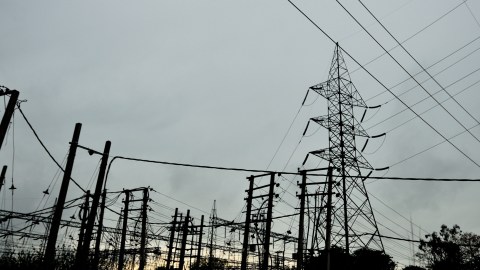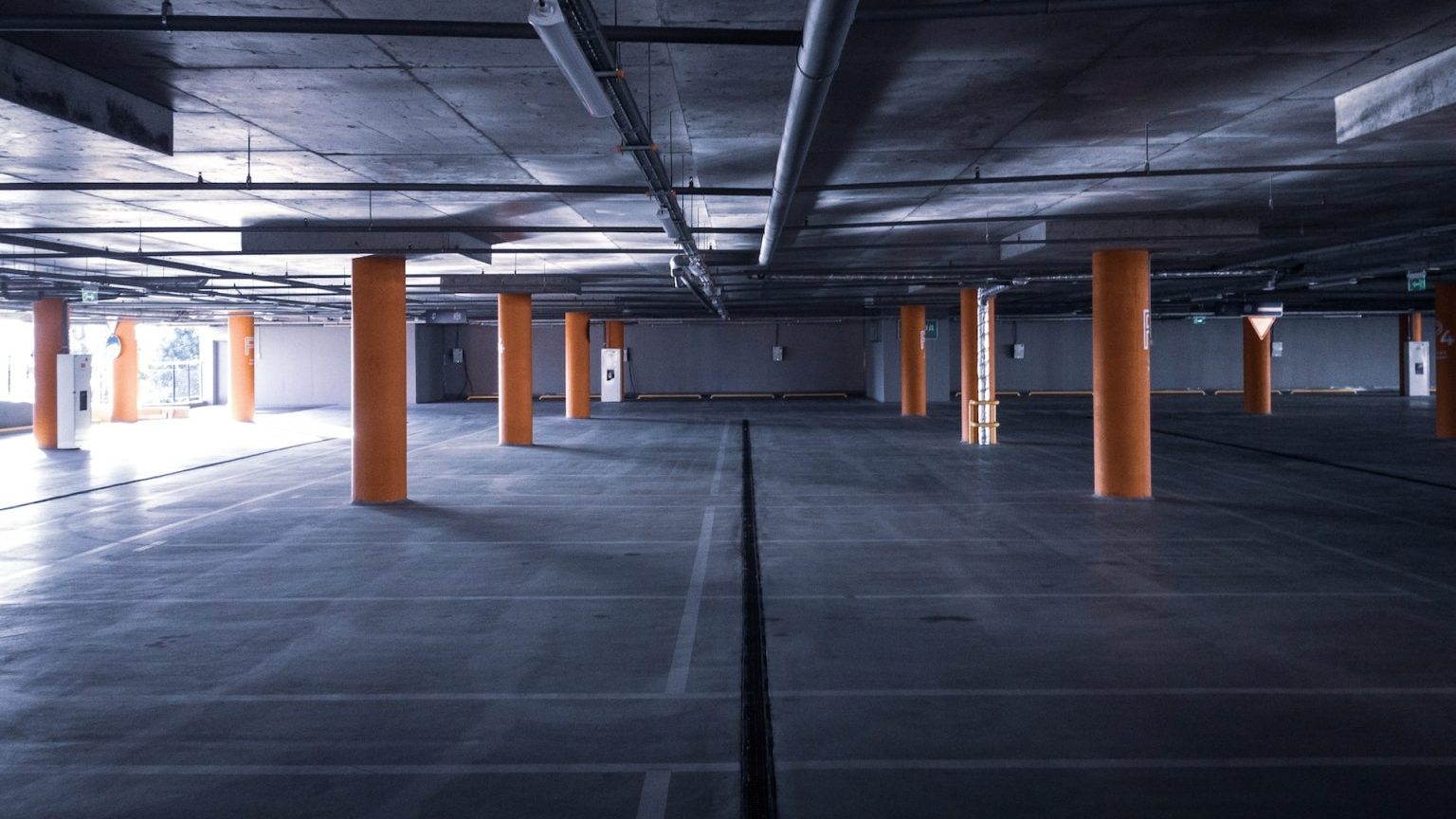What are municipal utilities and why are they suddenly popular?

Photo by Priyanka Parashar/Mint via Getty Images
- Cities and movements across the country are considering running their own electric utilities.
- These operations, known as municipal utilities, are already widespread and have a respectable track record.
- Representatives of the campaigns to implement municipal control see this as a path to a green, democratic future.
If you’re reading this, then you use electricity. This is hardly a surprise, as modern life would be all but impossible without it. Electricity keeps the lights on, makes our meals, gets us to work, runs our machines, and keeps us alive when we’re seriously ill. However, despite the centrality of electricity in our society, many people have no idea as to how the electric system works.
Recently, several movements have been launched in some of the most populated areas of the country to change our electric system in a way that proponents claim would make it safer, greener, more effective, and provide more public benefits than it is now. They argue that all it would take is a change of ownership.
Who sells you your electricity?
Selling electricity isn’t like selling apples in a stall; you can’t easily have two electric utilities offering the same service to the same geographic area. Even if you could, it would be terribly inefficient; each company would have to have its own expensive infrastructure hooked up to every house- only one of which would be making any money. Because of this, the electricity market is often said to be a “natural monopoly,” a case where various factors make it more sensible to have one provider of a product than multiple ones.
This is why most places in the United States, to make things more efficient, strike a deal with a privately owned, for-profit, electric company. That company will be assured of a monopoly in the area in exchange for certain contractual obligations and regulatory oversight.
However, despite the American penchant for capitalism, there are other commonly used models for the distribution of electricity which remove the profit element. One common in rural areas is the use of not-for-profit cooperatives, which are owned by and operated for the benefit of their customers. Another, which is currently getting a fair amount of attention, is municipal ownership.
(Electric) Power to the people?
Municipal or community utilities are utilities that are owned and operated by the local government or another state body to provide a service to the public. It is common to see these in different parts of the country providing many services; among them electricity, water, gas, internet, telephone services, and garbage removal.
This isn’t a new idea; Los Angeles has had a publicly owned electric utility for over one hundred years. It also isn’t a fringe one, one in seven Americans are served by such a utility at the time of writing. However, as debates over our energy future take on ever-increasing importance and concerns over corporate power in American life come to the forefront, the idea is taking on a new life.
The American Public Power Association (APPA), the trade association for community-owned electric utilities, lays out the case for public power in straightforward terms. On their stats and facts page, they explain how “Not for profit, community-owned, locally controlled” utilities provide better service at lower rates than privately owned utilities while also providing revenue for their communities.
Examples of well-run municipal electric utilities that offer a clear alternative to the typical model abound. In Omaha, Nebraska, a state which is entirely powered by cooperatives and municipal utilities, voters elect the members of the utility board of directors. Meetings of the board are open to the public and televised. Each year, a portion of the profits made are given back to the city to be spent at the discretion of the city council.
In Austin, Texas, the city utility uses a progressive rate structure that charges more per kilowatt-hour to customers who use large amounts of electricity. The principle being that lower-income customers are going to save money while the better off, with larger houses and more stuff to power, pay more.
There is also the question of making the electric system green. According to the APPA, publicly owned electric providers are making the switch to carbon-free sources at a faster rate than privately owned ones.
The current municipalization movement.
At the time of writing, there are movements all over the country to municipalize the electric grid. Cities like Boston, New York, San Francisco, and Chicago all have serious campaigns underway to put the electric system in public hands. In California, the recent wildfires caused in part by Pacific Gas and Electric have given an even broader scope to the idea of public ownership with favorable reviews of the idea appearing in the media.
The idea isn’t limited to major cities either. Decorah, Iowa -population 8,000- tried to municipalize its energy system as well. A handful of votes settled the resolution to study the subject.
I spoke with the leaders of several of these campaigns to find out why they support community-owned utilities and why they are working to make some of the largest cities in America take over their electric gird.
Eric Ruud, co-chair of East Bay Democratic Socialists of America Energy Democracy & Green New Deal working group, explained that for him the issue is one of who the utility is working for:
“In a for-profit system, decisions about how to generate and transmit energy are made by wealthy executives whose highest purpose is to make sure investors get more money back than what they put in. At a basic level they do that by charging us as much as they can while investing as little as they can get away with. Not only is this fundamentally unfair and undemocratic — the imperative to produce constant profit flow also caused PG&E’s under-investment in infrastructure that sparked 1500 wildfires in the last six years alone. The transmission tower that caused the deadly Camp Fire in Paradise last year was started by a malfunction in a transmission tower that was over 100 years old!
Under public and worker ownership, our health, safety, and quality of life become the utility company’s top priorities, and we can actually create democratic structures for management to ensure that decisions are being made by the people who will be most impacted by them. It also allows for new funding models that can accelerate our transition to a safe and renewable grid, while reducing the burden on people who are already paying too much.”
Joel Zook, Energy Planner for the Winneshiek Energy District and board member of Decorah Power, expressed a similar sentiment:
“Publicly owned utilities are owned, and controlled by their customers. An investor-owned utility will always need to place the interests of its shareholders above all else. Some utilities do a better job than others at balancing shareholder and ratepayer needs, so the tension between the two is less. But ultimately, I don’t think that a for-profit company should have a monopoly on providing an essential service to captive customers. There’s benefit in having the ability to talk to real people that make decisions regarding the energy that comes to your home or business.”
Matthew Cason, Campaign Co-Coordinator for Democratize ComEd in Chicago, added that the question of who owns the grid ties back into several other issues:
“Power is at the root of many of the problems facing us today. The question of who owns that power will dictate what kind of society we choose to build as we solve those problems. For example, in the case of climate change, public ownership of utilities will enable a fundamental restructuring of the utility industry that is driven by a public process. With the necessary decarbonization ahead of us, we have a unique opportunity to rewrite how we generate and distribute electricity. While not necessary at the top of mind for many Americans, this system is incredibly important. That we decarbonize is as important as how we decarbonize. Public power will enable us to provide revenue to fund decarbonization and climate change adaptation, ensure system-wide resiliency, reduce long-term systemic costs, and ensure a just transition for all communities. The issue of ownership also impacts a number of other, less dramatic, but nonetheless important issues such as urban planning, affordability, and more.”
There are many ways to organize an electric system. Privately owned utilities are just one of many viable options in the United States. The current interest in municipalization brings another model to the forefront of public attention. Given the variety of issues it intersects with and offers potential solutions to, the model is worthy of our consideration.





